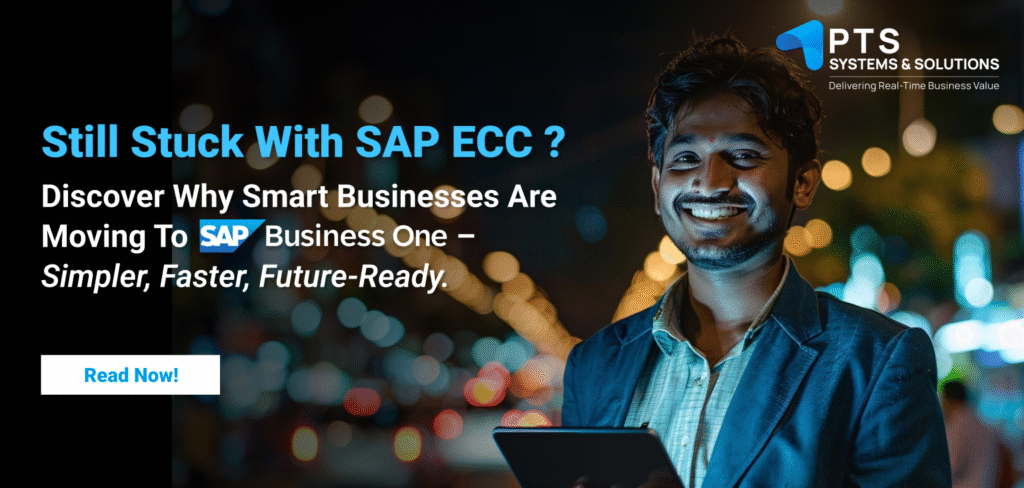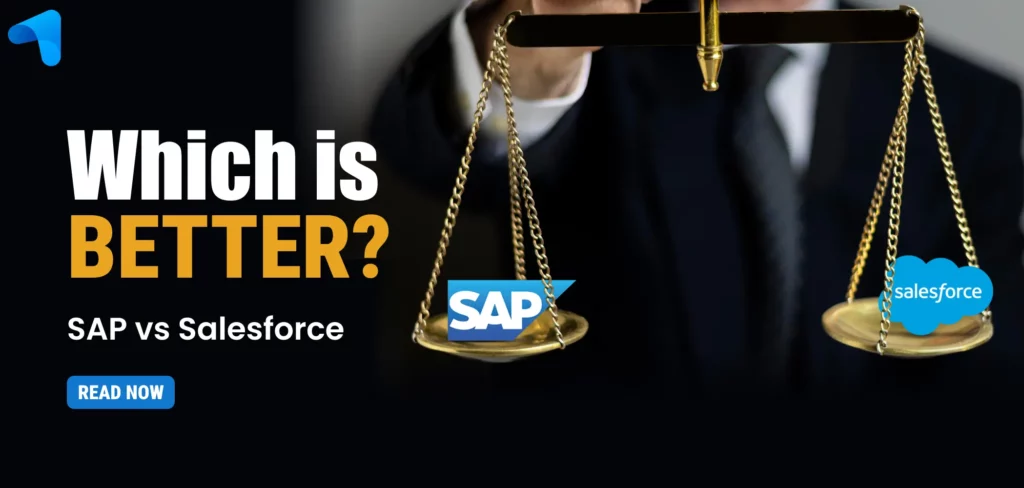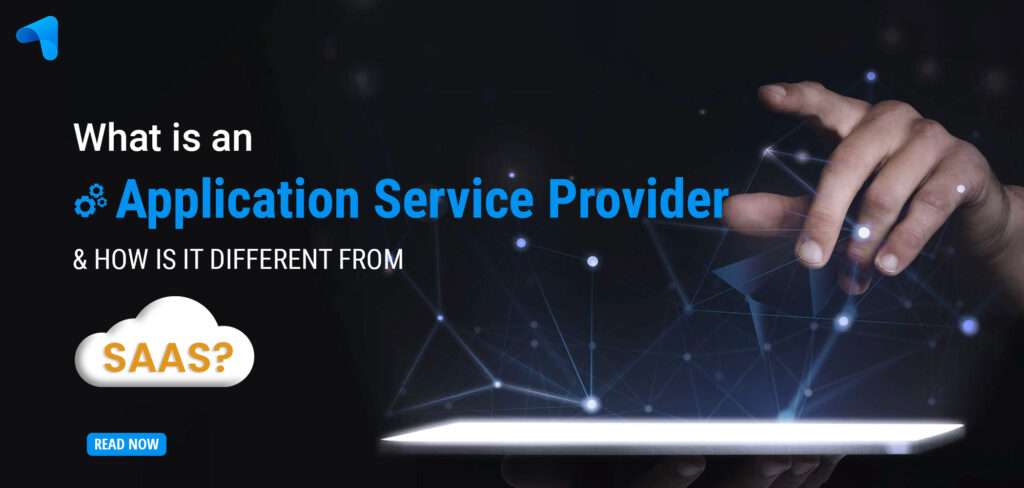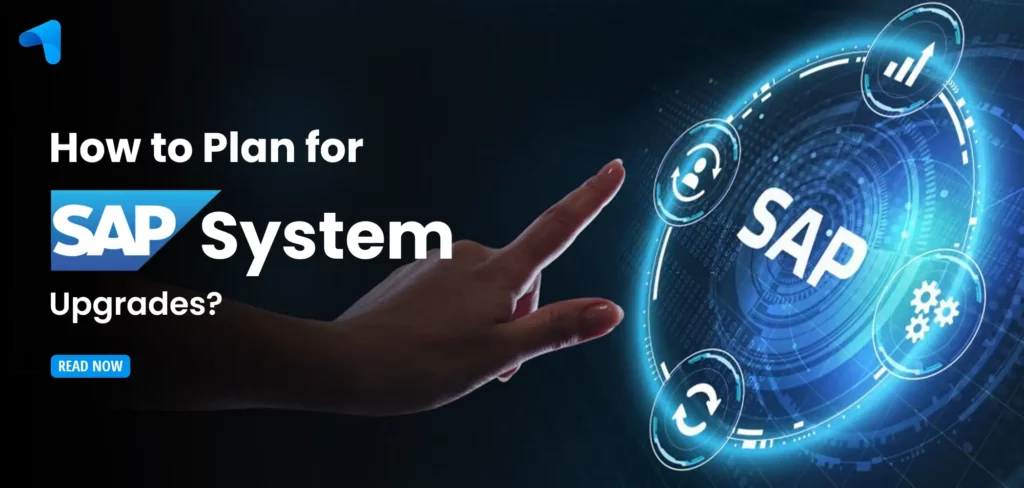SAP B1 vs. SAP ECC: Why B1 is the Modernization Your Business Needs
SAP B1 vs. SAP ECC: Why B1 is the Modernization Your Business Needs
Are complex maintenance, outdated insights, and looming support deadlines on your mind? Migrating from SAP ECC to SAP Business One offers a strategic path to a simpler, more agile ERP solution.
Switching from SAP ECC to SAP Business One is a strategic move for businesses facing challenges with their current system. SAP B1 provides a cost-effective, streamlined, and modern alternative that addresses the key pain points of SAP ECC, such as complex maintenance, fragmented data, and manual processes. This transition helps companies modernize operations and drive sustainable growth.
The Cost-Benefit: From Complex to Simple
Switching to SAP B1 is more than just avoiding an unsupported system; it’s about embracing simplicity and agility. SAP B1’s architecture drastically reduces the total cost of ownership, helping you bypass the complex and expensive maintenance of ECC. Its integrated, “out-of-the-box” functionality reduces the need for multiple third-party systems and custom code, simplifying your IT landscape. Plus, deployment is much faster, minimizing business disruption and letting you see value sooner.
Real-time Insights for Better Decisions
With SAP Business One, you can unify your data on a single platform, eliminating the data silos common in older systems. This gives you real-time visibility across all core functions, from finance to inventory and sales. Imagine making proactive decisions based on accurate, updated data. This improved insight empowers you to optimize inventory, manage cash flow effectively, and make better, faster, and more informed strategic decisions.
A Scalable, Future-Proof Solution
Ultimately, migrating to SAP B1 is a strategic move to future-proof your business. It’s a user-friendly system designed to scale with your growth, whether you’re expanding into new markets or launching new products. A rich ecosystem of industry-specific add-ons lets you easily extend functionality to meet your unique needs. This ensures you have the scalable, flexible tools needed to support your long-term success.
Key Difference in SAP ECC and SPA B1:
Feature | SAP Business One | SAP ECC |
Target Audience | Small and medium-sized businesses (SMBs) | Large enterprises and multinational corporations |
Implementation | Faster, simpler implementation (weeks to months) | Complex, long-term projects (months to years) |
Cost | Lower Total Cost of Ownership (TCO) | High TCO due to complexity and customization |
Functionality | Integrated, single-platform solution | Highly modular with separate components |
Database | Optimized for SAP HANA, also supports Microsoft SQL | Runs on various third-party databases (e.g., Oracle) |
Flexibility | Highly flexible and scalable with a rich add-on ecosystem | Rigid structure, difficult to adapt to rapid changes |
Reporting | Real-time insights and analytics on a unified platform | Relies on complex data extraction and reporting tools |
Maintenance | Simpler maintenance with a user-friendly interface | Requires specialized IT teams and complex maintenance |
Support | Continuously supported and updated by SAP | Mainstream maintenance scheduled to end in 2027 |
Ready to make the move? Partner with PTS Systems and Solutions to ensure a seamless transition and gain access to the latest technology and critical updates from SAP, empowering your business to thrive in the digital age.
👁 194 Views




